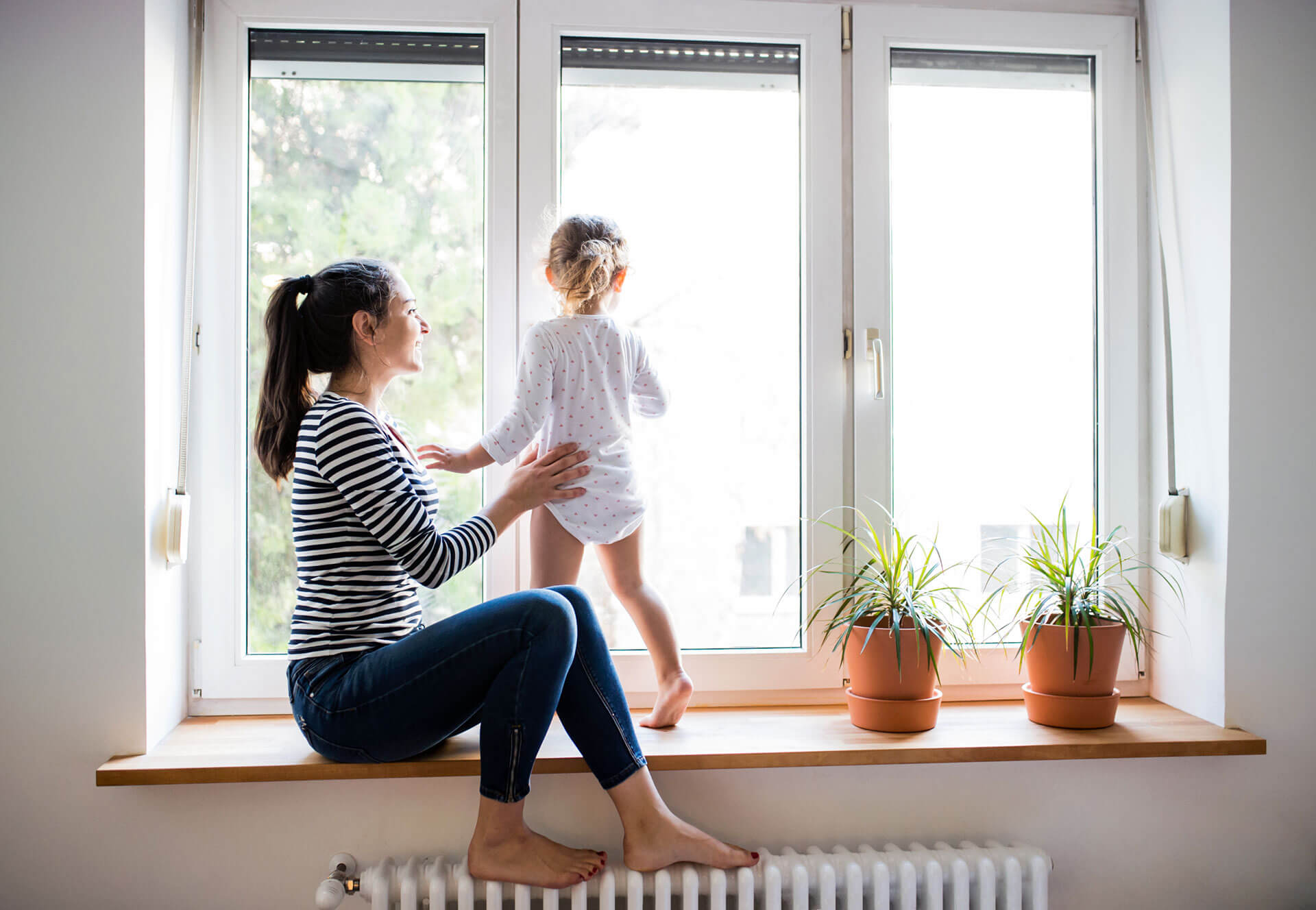Resources
On this page you’ll find a number of useful resources.
Below these links are our Information Sheets, on a range of topics that will help you improve your home’s performance. These sheets contain – among other things – practical information, advice, answers to common questions, educational material and how-to guides.
Information Sheets
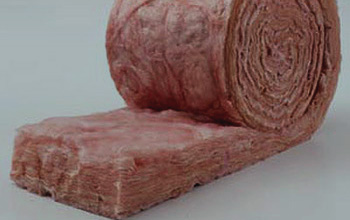
New Zealand houses are not kind to their occupants or on the environment. Many were built or have been renovated with little regard to energy efficiency and comfort and are often difficult to keep warm and dry.
Having adequate insulation is one of the first steps to having a comfortable and healthy house.
Read more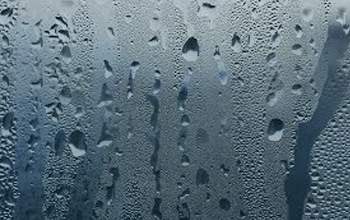
Because mould thrives in a cold, damp environment, making your home warm and dry will necessarily inhibit its growth.
The other key measure is ventilation (which is why modern, airtight homes can also be prone to moisture problems).
Read more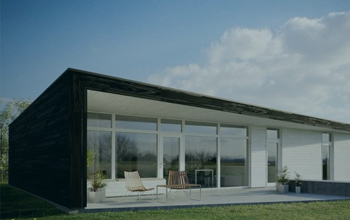
Most of us have heard of the term passive solar design. Some might associate the idea with unconventional, fully self-sufficient homes, but mainstream builders and architects are increasingly embracing the concept.
Passive solar design is all about harnessing and storing the energy of the sun for release overnight.
Read more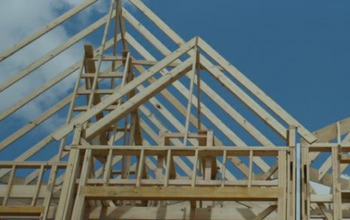
There are healthy alternatives to every part of the building process, so before choosing any product, ask to see the material safety data sheet. One thing particularly to look out for are volatile organic compounds (VOCs), found in structural components, cladding, textiles and furniture.
Read more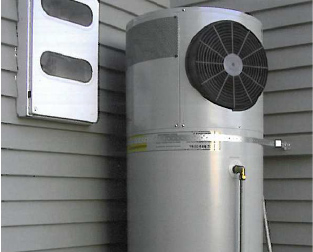
Heat pumps can heat water as well as the more common application of heating homes and are becoming a popular alternative to standard electric, gas and solar hot water systems.
They are more efficient than standard electric or gas cylinders.
Read more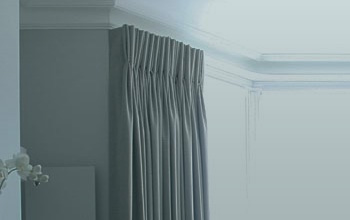
Windows are one of the weak links in the thermal envelope of a house. Heat is conducted rapidly through the glass and frame, causing warmth to be lost. Thankfully windows are usually accessible and there are different ways of reducing this heat loss. Curtains are usually the first and best choice for reducing heat loss and making a house comfortable.
Read more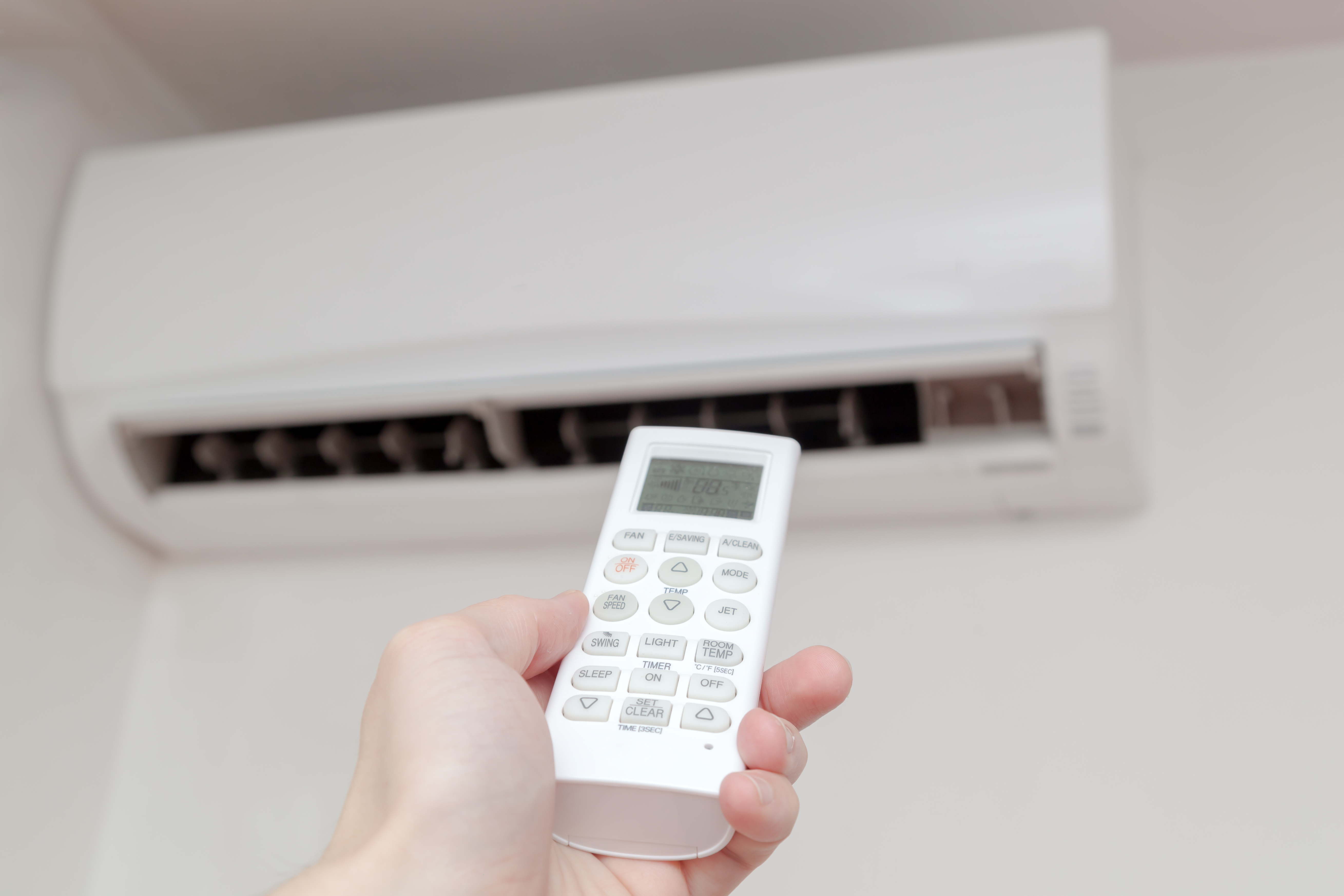
Heat pumps are one of the most efficient types of home heating, but some people find them ineffective or may even incur higher power bills because they don’t understand how to use them effectively. Understanding the different settings and how to programme them is crucial. This fact sheet explains how.
Read more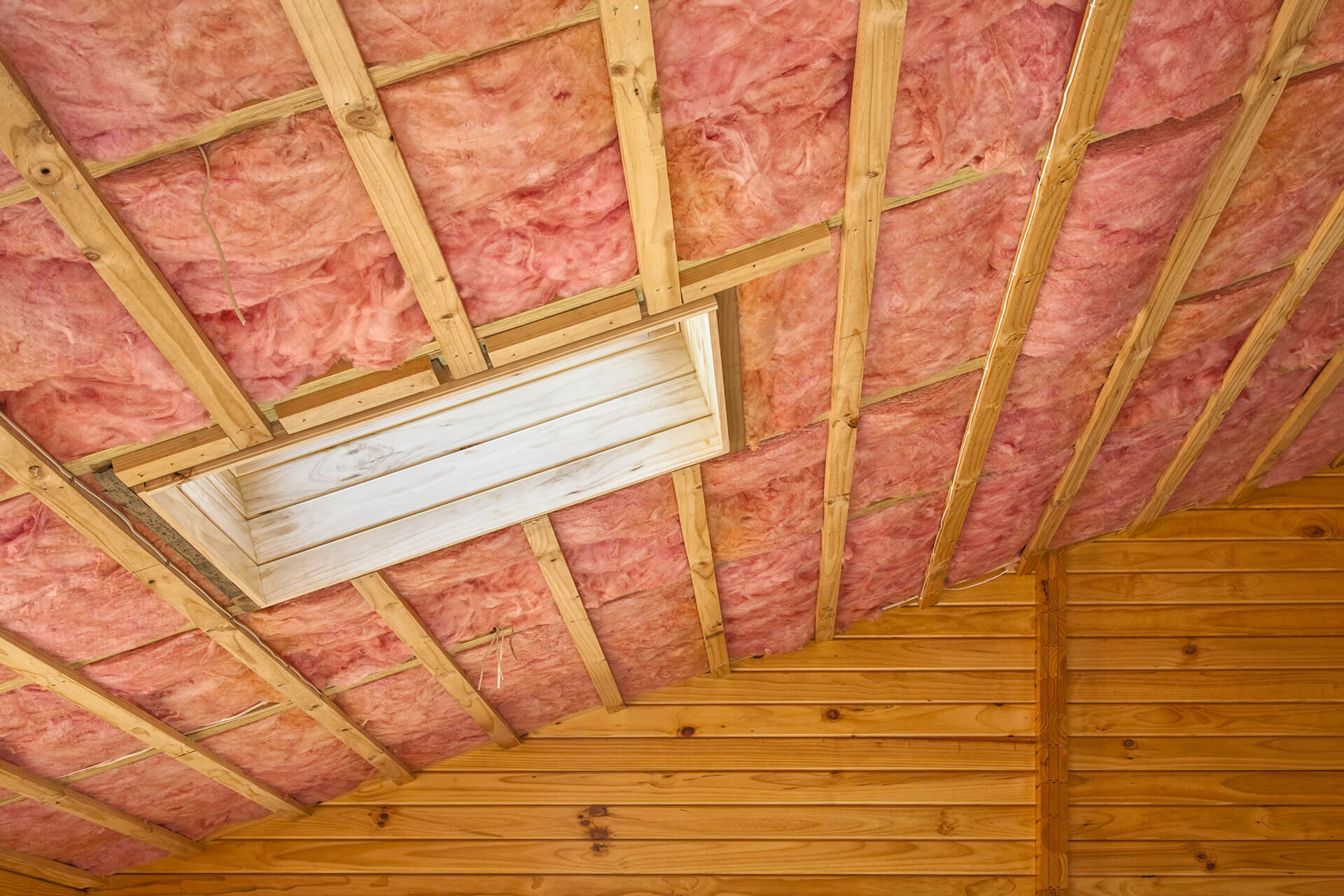
The New Zealand building code insulation levels have been much lower than other countries for a long time. Here is the schedule of the new insulation levels required, and how much energy use is reduced. For a better understanding of how a building will perform there are also calculation or modelling methods available./p>
Read more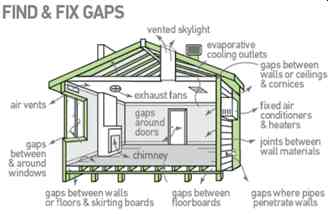
Many New Zealand houses have issues with draughts. Draughts are undesirable because they basically allow cold air in and push your nice warm air out of the house. Draughts can appear in a variety of areas, but most commonly around windows and doors. Find out the ways we can reduce draughts.
Read more
Most of us have heard of the term passive solar design. Some of us may associate the idea with unconventional, but in fact mainstream builders, architects and homeowners are increasingly embracing the concept. Passive solar design is all about harnessing and storing the energy of the sun for release overnight.
Read more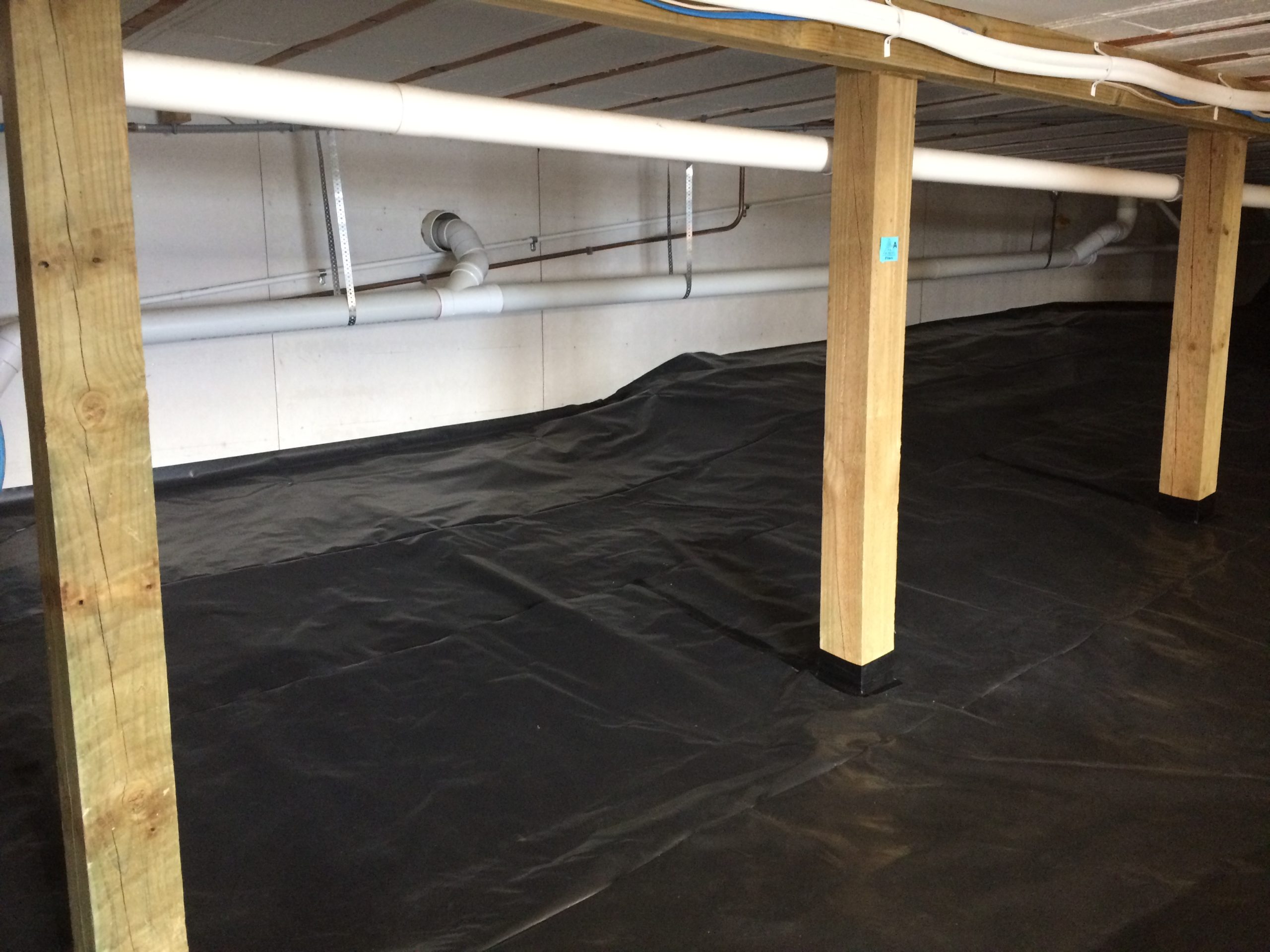
Dollar for dollar, installing a polythene groundsheet (also called a moisture barrier or vapour barrier) is one of the best things you can do to improve the health and comfort of your home.
By putting a cap on rising damp you can lower the moisture level in your home, which will reduce condensation and mould.
Read more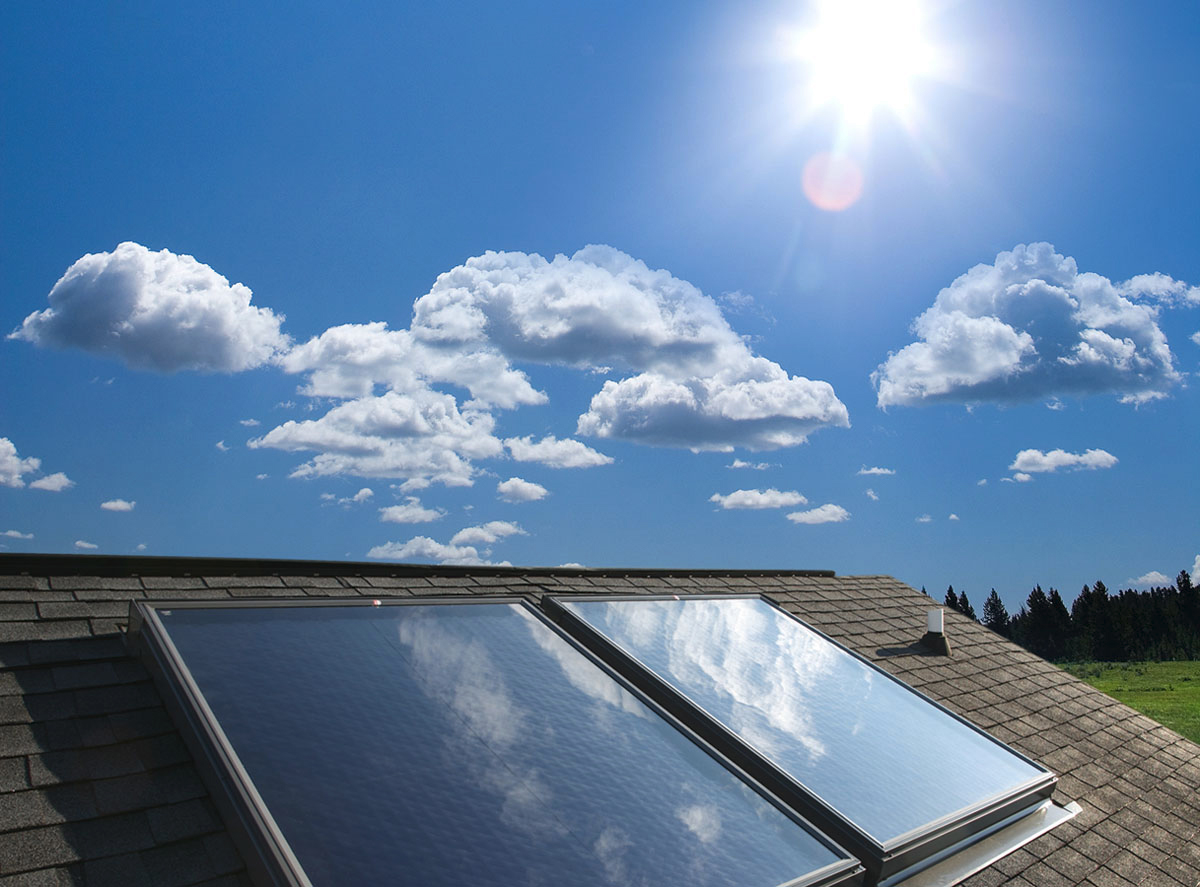
Free power !
As Photovoltaic power generation (PV) becomes more accessible, many New Zealanders are attracted to the possibility of some resilience and independence in power generation for the home. What are the pros and cons of this attractive prospect, and more importantly – is it right for you?
Have a look at the link below
Read more
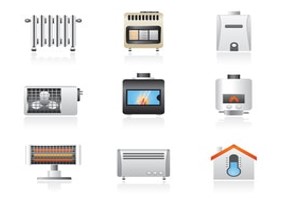
Make your house healthy (dry) and warm
Cold homes are not a curse, but still a harsh reality. You will find here the basics of heating, tips to keep your house warm, and most important: a step by step process to help you find the appropriate heating system for you, to make your home comfortable and energy efficient.
REad more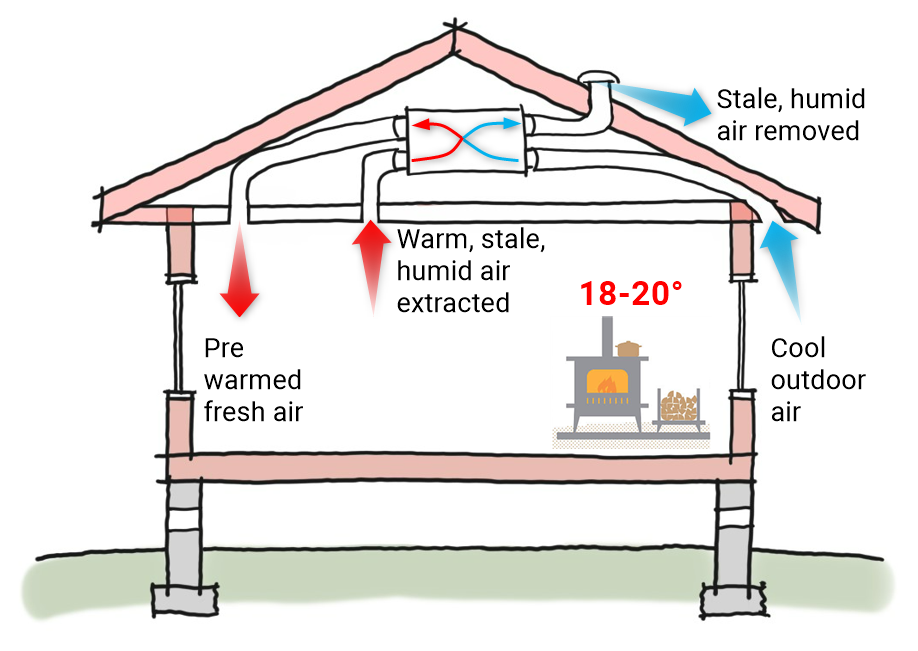
Ventilation provides fresh air for you to breathe.
Ventilation serves one primary purpose which is to provide good Indoor Air Quality for us to breath.
Since we spend more than 90% of our lives inside buildings, this is important for our respiratory health. But there are other benefits too.
REad more
